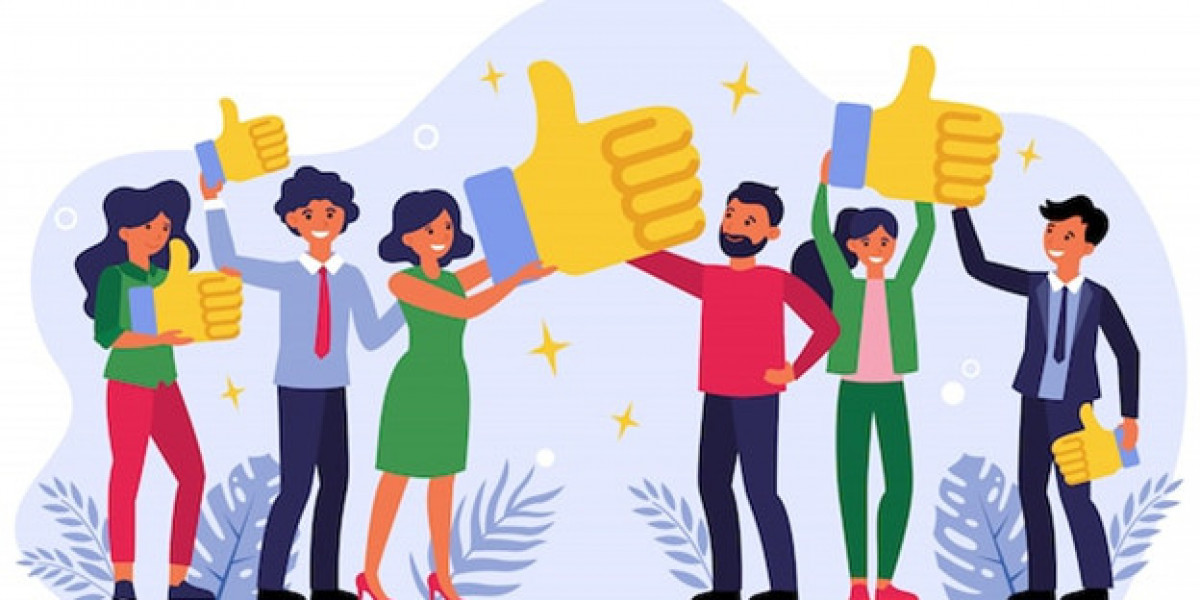Recognition isn't a nice-to-have when building high-performing teams—it's a need-to-have.
Companies prioritizing employee recognition see a 31% lower voluntary turnover rate, and employees who feel appreciated are 63% more likely to stay at their jobs. (Gallup)
In enterprises like retail, hospitality, and transportation—where customer service employee training is an essential function—recognition can be the leading support and reinforcement mechanism. Why?
It converts feedback into fulfilment, links action with purpose, and, more significantly, fuels consistency in frontline demeanor and behavior.
Recognition That Resonates
But let's be straightforward: cookie-cutter appreciation doesn't cut it anymore. It is needed more than this.
A one-size-fits-all "Employee of the Month" appreciation approach might make for a nice photo opp, but it won't have a long-term effect if it doesn't feel unique and personal. Today's workforce requests something more profound—recognition that feels earned, specific, and aligned with their assistance and contributions.
That's where a reflective and thoughtful CX strategy comes in—for customers and employees. It's all connected.
Outstanding service starts with engaged people. And engagement comes from being seen, supported, and celebrated.
Turning Training into Motivation
Let's say your team just completed a round of customer service training—you've equipped them with new methods, empathy frameworks, and service standards. Now what?
What is the best way to ensure that learning sticks? Recognize when they apply it.
Imagine this: A frontline associate uses de-escalation skills from a recent workshop to manage a tense guest situation. A manager quickly logs the moment through a recognition platform and shares it with the team. That associate feels valued. Their peers are inspired. The behavior is reinforced.
Recognition becomes a feedback loop that powers performance.
From Reactive to Proactive Appreciation
Many businesses only celebrate success after it becomes visible—high sales numbers, excellent customer reviews, or mystery shop scores.
But what if recognition came earlier? During training milestones, peer collaboration, or daily moments of customer connection?
Employee appreciation doesn't always need a big stage. Sometimes, it's a simple "I noticed that" at the right time.
At CXE, we've seen how pairing recognition with customer service employee training leads to more engaged teams, better service consistency, and stronger customer loyalty and experiences.
Recognition also fuels internal culture—it builds trust between managers and staff, reduces burnout, and increases accountability across teams. When done right, it becomes a strategic advantage.
Building Recognition into Your CX Strategy
Employee recognition shouldn't live in a silo—it should be embedded into your broader CX strategy.
Start by asking:
· What behaviors do we want to reinforce?
· How do we measure and reward those behaviors meaningfully?
· Are we recognizing effort, progress, and impact?
When recognition is tied to real performance data—from training outcomes, customer feedback, or internal KPIs—it becomes more than a gesture. It becomes a driver of loyalty, pride, and fulfilment.
Final Thoughts
From onboarding to daily operations, from service recovery to high-pressure peak seasons—recognition is the thread that keeps teams motivated and aligned.
Because when employees feel seen, they show up stronger—for your brand, your customers, and each other.
Want to turn your recognition efforts into a powerful tool for retention and performance?








